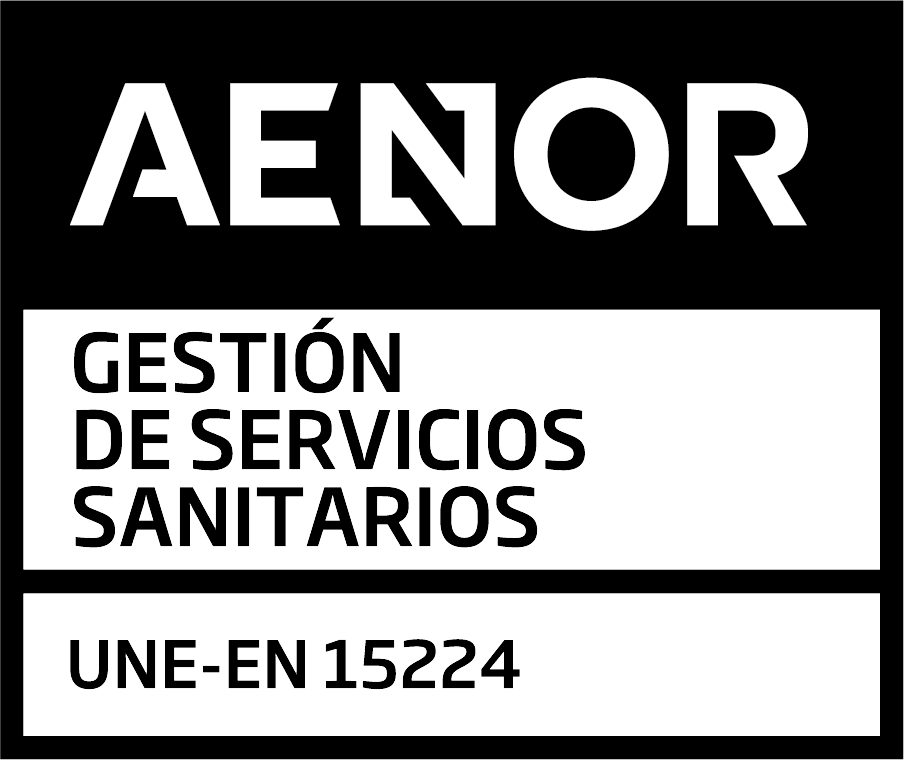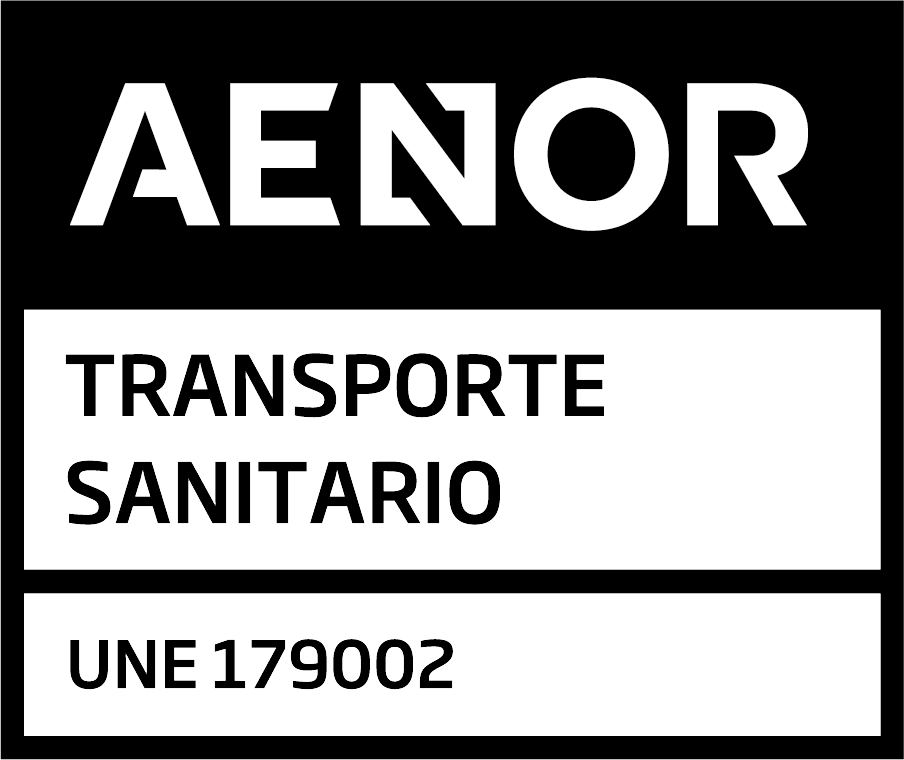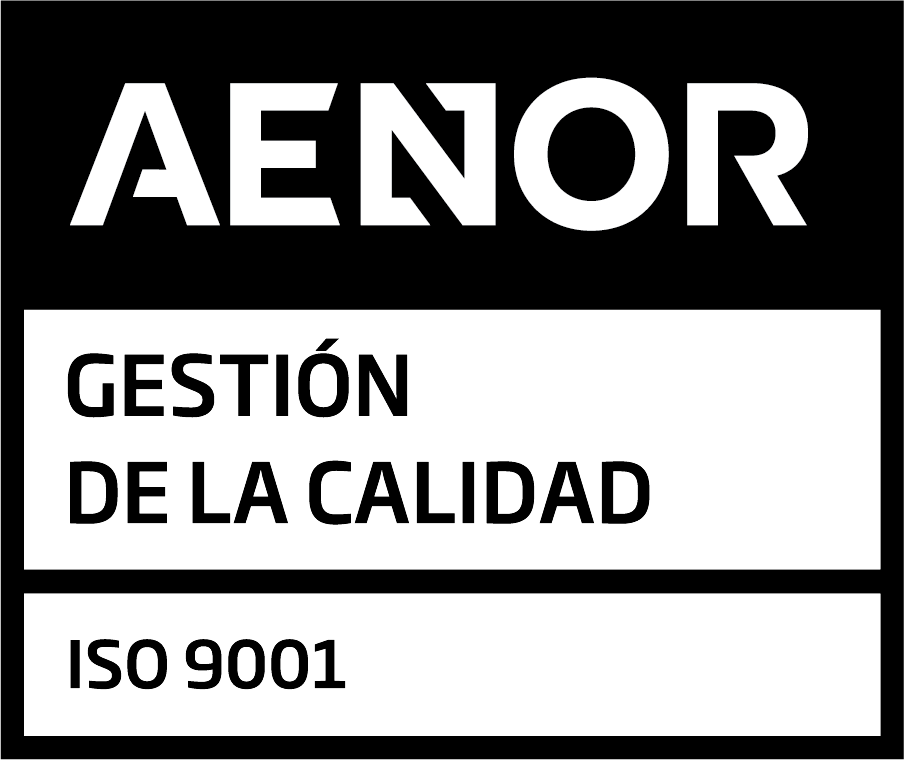The Policlínica Nuestra Señora del Rosario was founded in 1969 by the traumatologist Julián Vilás Ferrer. This speciality was therefore one of the first that the clinic offered among its services.
Since then, specialisation and growth have gone hand in hand. Today, it is one of the units that has tread the most patients in Ibiza.
While the unit now performs between 400 and 450 interventions a year, there have been years when it has reached between 650 and 680 per year.
Treatments
The trauma unit handles all traumatic injuries with the exception of head injuries (which are referred to either the maxillofacial or neurosurgery unit, depending on the case) and surgical injuries to the spine, which are handled by the Neurosurgery Unit.
The most common treatments are as follows:
- Musculoskeletal injuries: fractures, dislocations, tendon injuries, muscle injuries…
- Orthopaedic surgery: Programmed surgery of congenital or acquired injuries due to osteoarthritis, wear and tear, malformation, axis deviations, etc…
For example: hip prostheses, knee prostheses, foot conditions such as hallux valgus (bunions), forefoot deformities, deformities of the knee axis (knock-knees, bow-legs), patellar conditions…
In summary, these are chronic, acquired pathologies that fall within the scope of orthopaedic surgery.
- Pain management , in collaboration with the chronic pain unit and our neurosurgeons. Specific infiltration techniques and radiofrequency treatment are used.
- Arthroscopic surgery:This is a minimally invasive technique in which a small camera is inserted into the joint. The orthopaedic surgeon makes small incisions to insert the camera and the necessary instruments to repair or remove the problem. The surgeon sees both the patient's existing damage and the result of the operation on a screen. This technique is highly standardised and is always used, for example, to repair the meniscus of the knee.
HAND SURGERY UNIT
Hands are of vital importance for everything, whatever our profession, age and activity. We all need our hands in our daily lives.
Our Hand Surgery Unit deals with the treatment of any hand condition, both from a surgical and non-surgical point of view.
List of treatments:
Non-traumatic pathologies
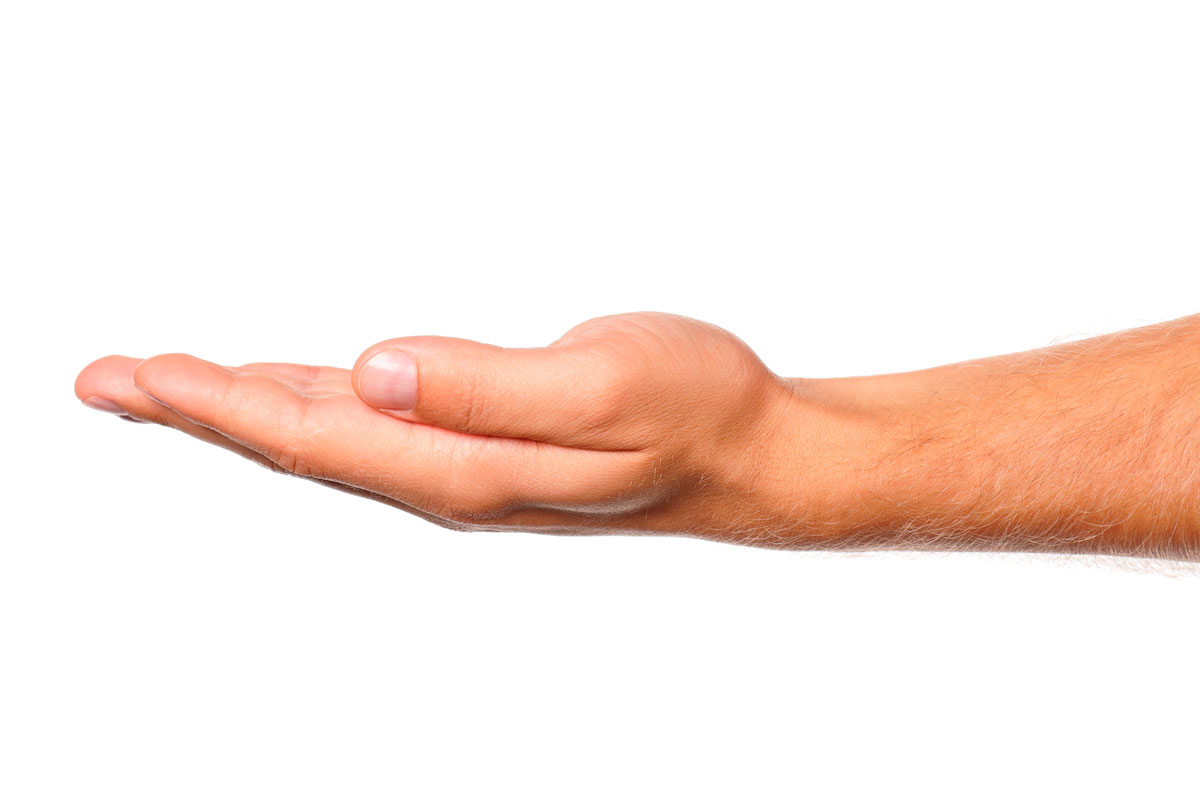
- Compression conditions of the hand:
- Carpal Tunnel Syndrome: Release
- Ulnar neuropathy at the elbow: Submuscular transposition
- Arcade of Frohse Radial Tunnel Syndrome
- Flexor and extensor stenosing tenosynovitis
- Dupuytren's contracture:
- Primary: Fasciectomy and open palm. Z-plasties
- Recurrences and sequelae: Dermofasciectomy and arthrodesis
- Degenerative arthropathies:
- Rhizarthrosis of the thumb: Interposition arthroplasty
- Interphalangeal arthropathies: Prosthesis and arthrodesis
- Inflammatory arthropathies:
- Reconstructive surgery for rheumatoid arthritis and psoriatic arthritis
- Tenosynovectomy and tendon surgery
- Total wrist arthrodesis and distal ulna resection
- Interphalangeal prosthesis triphalangeal fingers
- Metacarpophalangeal arthrodesis of the thumb
Traumatic pathology and sequelae
- Hand and wrist fractures:
- Metacarpal and phalangeal fractures: Osteosynthesis
- Ulnar-radius and scaphoid fractures: Osteosynthesis
- Necrosis of the lunate bone: Radius osteotomy and carpectomy
- Complex trauma:
- Vascular microsurgical techniques
- Catastrophic hand and sequelae
- Reimplantation of amputated segments
- Complex bone and soft-tissue injuries
- Skin coverage: local, regional and free flaps
- Nerve injuries (microsurgery) and sequelae:
- Repair of acute injuries
- Reconstruction with grafts and neurotisations
- Palliative surgery for median, ulnar and radial paralysis
- Vascularised fibula and femoral condyle grafting
- Vascularised fibula and femoral condyle grafting
- Tendon injuries:
- Extensors and flexors: Repair
- Sequalae: Two-stage reconstruction and transposition
- Flexor tenolysis
- Hand and wrist trauma sequelae:
- Stiffness: Metacarpophalangeal and interphalangeal arthrolysis
- Bone deformities: Osteotomy and arthrodesis
- Scaphoid Pseudarthrosis: Graft and osteosynthesis
- Degenerative wrist: Carpectomy and arthrodesis
- Instability:
- Thumb and triphalangeal fingers: Graft reconstruction
- Scapholunate ligament: Fixation-association and carpectomy
- Scapholunate ligament: Fixation-association and carpectomy
Pediatric Traumatology
Paediatric traumatology is very important because the problems presented by a child are unique and need to be treated differently from those of an adult.
Paediatric Orthopaedics and Traumatology deals with traumatic injuries in children, such as fractures caused by accidents, taking into account the type of injury, the age of the child and any associated complications or damage. There are also a number of growth-related conditions that affect only children: hip injuries, bone growth, limb growth, congenital problems… Paying special attention to these problems from an early age can prevent more serious problems in the future.
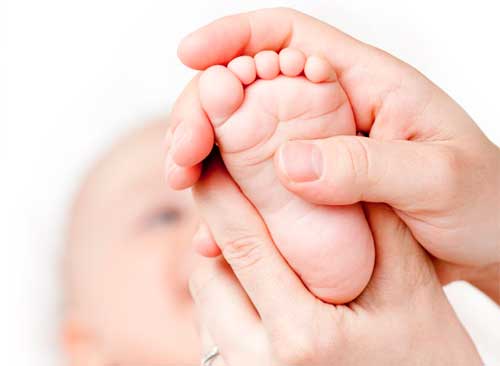
POLICLÍNICA NTRA. SRA. DEL ROSARIO RECOMMENDS THAT YOU VISIT A PAEDIATRIC ORTHOPAEDIC SURGEON AS YOUR CHILD GROWS
At Policlínica Nuestra Señora del Rosario, we pay special attention to the variations in a child’s growth, so that they can be assessed from a very early age and any problems can be resolved in the most appropriate way. We have an ultrasound scanner (hip ultrasound) to carry out scans on newborn babies to rule out any hip abnormalities (currently 3% of the population suffer from some form of hip abnormality, with varying degrees of severity). This test is quick, completely painless and poses no risk to the baby. The advantages of being able to diagnose these deformities in a newborn baby are the simplicity and effectiveness of the treatment, which does not involve surgery, as opposed to the complications that may arise in the future, when surgery is inevitable and the chances of correcting the problem completely are reduced.

